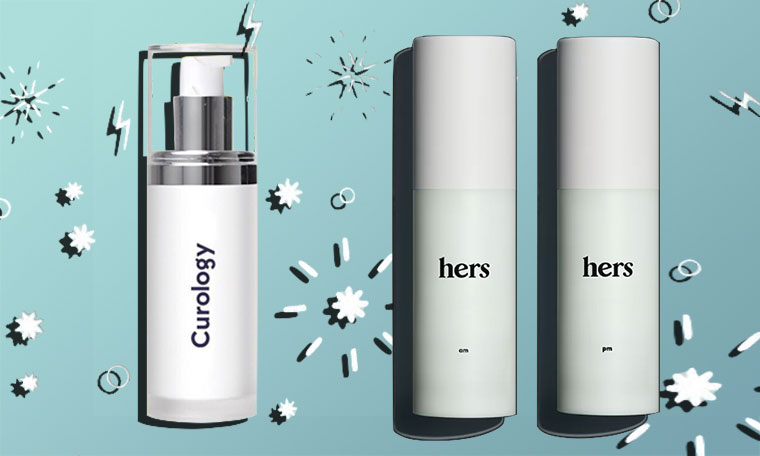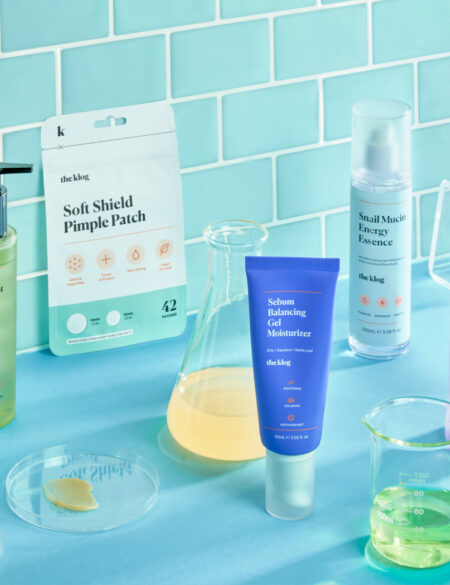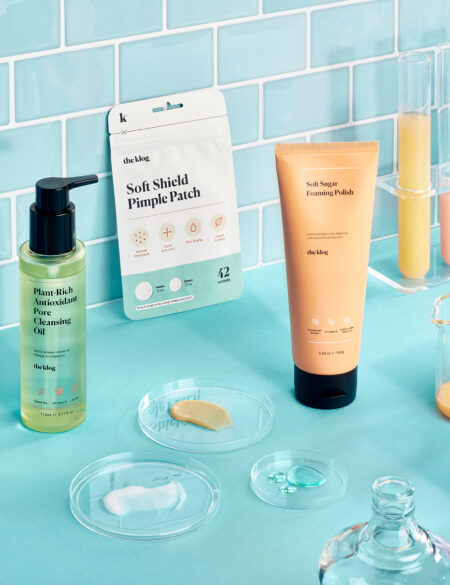Brands like Curology and Hers are making prescription skin care more accessible. Should you try them? Below we detail how the concepts work, and our take on the burgeoning trend of telemedicine skin care.
The New York City subway system is currently a hotbed of ads for brands like Curology and Hers. The Hers ads in particular feature women applying creams on their faces and a tagline asking, “If it’s not prescription skin care, how do you know you’re not just applying marketing?” My feelings for this marketing strategy notwithstanding, I have to give credit where credit is due; these modern brands make one aspect of traditional prescription skin care, technically called compounded creams, easier to get, cheaper to buy, and prettier to look at.
Compounded creams have been a longtime staple in the dermatologist’s arsenal. Simply speaking, a compounded cream is a medical-grade (i.e., prescription) formulation with a mix of active ingredients in a base. Traditionally, they are made in a specialty pharmacy with compounding capabilities, and these pharmacies need to be reputable and have the appropriate licensing.
In brief, this concept is nothing new. I personally use a really unsexy compounded cream from a small compounding pharmacy in Texas (thanks, mom!) that contains ivermectin (active ingredient in Soolantra) and azelaic acid (active ingredient in Finacea) in a creamy base.
Although these high-tech, direct-to-consumer companies are trading in a product class that lies at the heart of traditional dermatology and is by no means “new”, they’re doing so in novel ways.
How Services Like Curology and Hers Work
With Curology, you send a photo to a provider (either a dermatologist, physician assistant, or nurse practitioner), they assess your skin care needs using the photo and a remote consultation, and then a customized skin care formula appears in the mail.
It is a fantastic way to give people the benefits of a compounded cream without the potential hindrances of insurance copays for a specialist visit, a trip to the pharmacy, etc. I, personally, am here for their business model. Another cool thing about Curology, besides the convenience, is that the packaging is pretty cute compared to your standard compounded cream. The cost is great, too, with your first month being free and each subsequent month $24.90.
Hers is similar, but a little more premium and definitely less bespoke. Hers’ formulations use prescription-strength ingredients like hydroquinone, tretinoin, and cortisone to treat melasma, or tretinoin, niacinamide, and clindamycin for acne. They are compounded creams, but they are not customized, and it’s not clear if there is actually a telemedicine consultation, or if the “medical review” that occurs after you pay for the product is more like a checklist.
To better understand the Curology craze (and let’s be real, its legitimate success), it is useful to understand why a dermatologist would prescribe a compounded cream over a readily available prescription topical like Retin-A. There are nearly as many reasons for this as compound formulations available! Often, a doctor will prescribe the compounded cream for when a prescription doesn’t exist. For example, there wasn’t a ready-made cream in the 1970s with tretinoin, hydroquinone, and a mild steroid, so renowned dermatologist Albert Kligman famously made one, and it became a standard compounded cream treatment option for melasma.
More reasons why a dermatologist will work with a compounding pharmacy include: To streamline a regimen in terms of steps and cost, make it more affordable for patients in case of insurance issues, use ingredients not as readily available, and to get certain actives in a particular formula (for example, azelaic acid in a cream base rather than a foam). The average cost for these compounding creams will be between $25 and $65.
The Pros and Cons
On the one hand, services like Curology and Hers are making medications that typically require time and money for a doctor’s visit really accessible and affordable. That is great! For the most part, the conditions that are driving people to Curology and Hers, and telemedicine in general, are really straightforward ones where a video or photo consult along with a diagnostic form will be enough, provided that the professional on the other end is skilled and knowledgeable. Most people who are prescribed tretinoin, for example, can be prescribed it without an in-depth medical exam, and the ease of these services means more people can seek medical help without the usual barriers of entry.
There is, however, a downside. What if you’re not one of the “most” people? What if your acne is not actually acne, and that is impossible to ascertain without touching it? A dermatologic exam is more than asking a few questions and looking at a face. A dermatologist uses all of their senses (except taste, because, ew) to make an informed decision about what they’re looking at. If they’re not sure what’s going on, they also have the tools in office to take a scraping and send a sample to the lab. Your smartphone can’t do that! Another potential pitfall is the pharmacies themselves. Sometimes, for the sake of streamlining and simplicity, transparency is sacrificed. In technology, that can be ok, as long as you don’t care who uses your data. In medicine, that can pose a slim but real safety risk.
Bottom Line
Telemedicine is certainly shaking up the world of skin care and we’re excited to see what the future holds. Those who are experiencing basic forms of acne, melasma, or signs of aging, and are looking for affordable and convenient solutions can certainly benefit from services like Curology and Hers. However, for more complex skin issues, we always advise consulting with a dermatologist in person.














